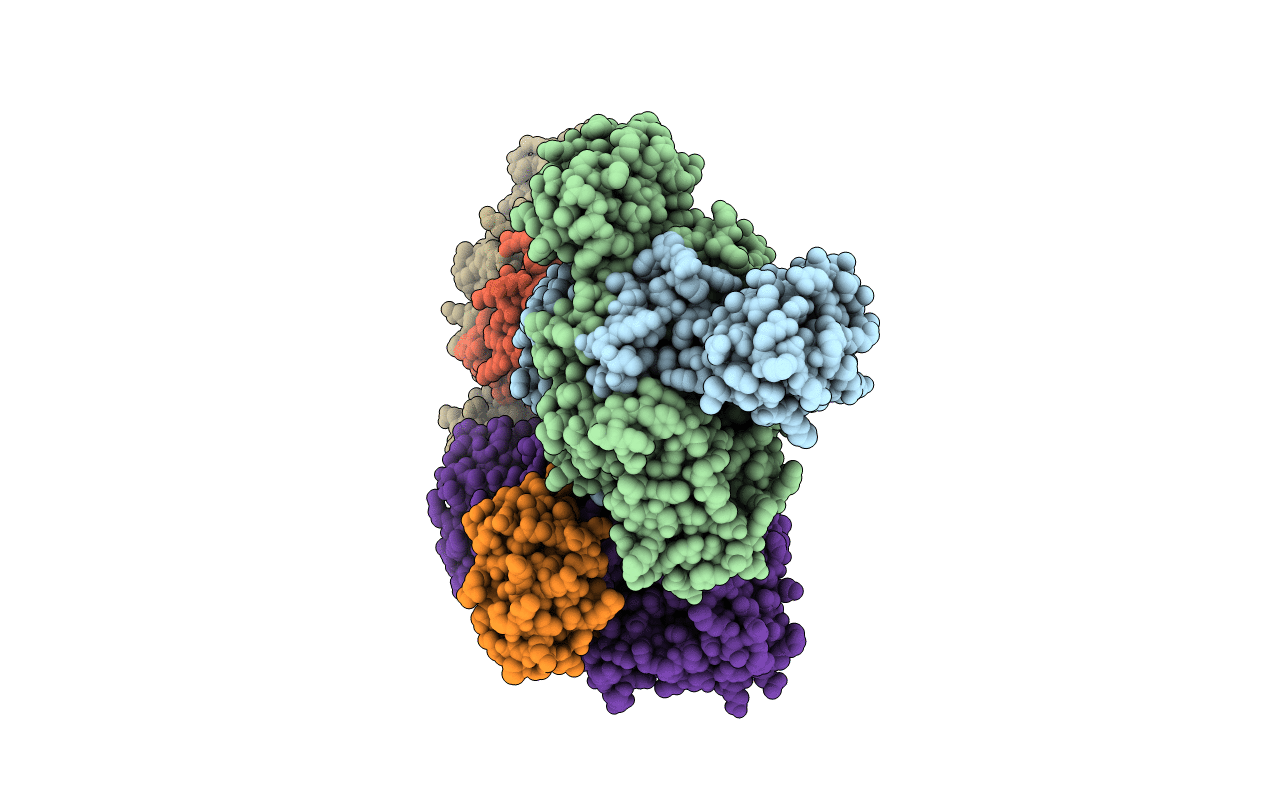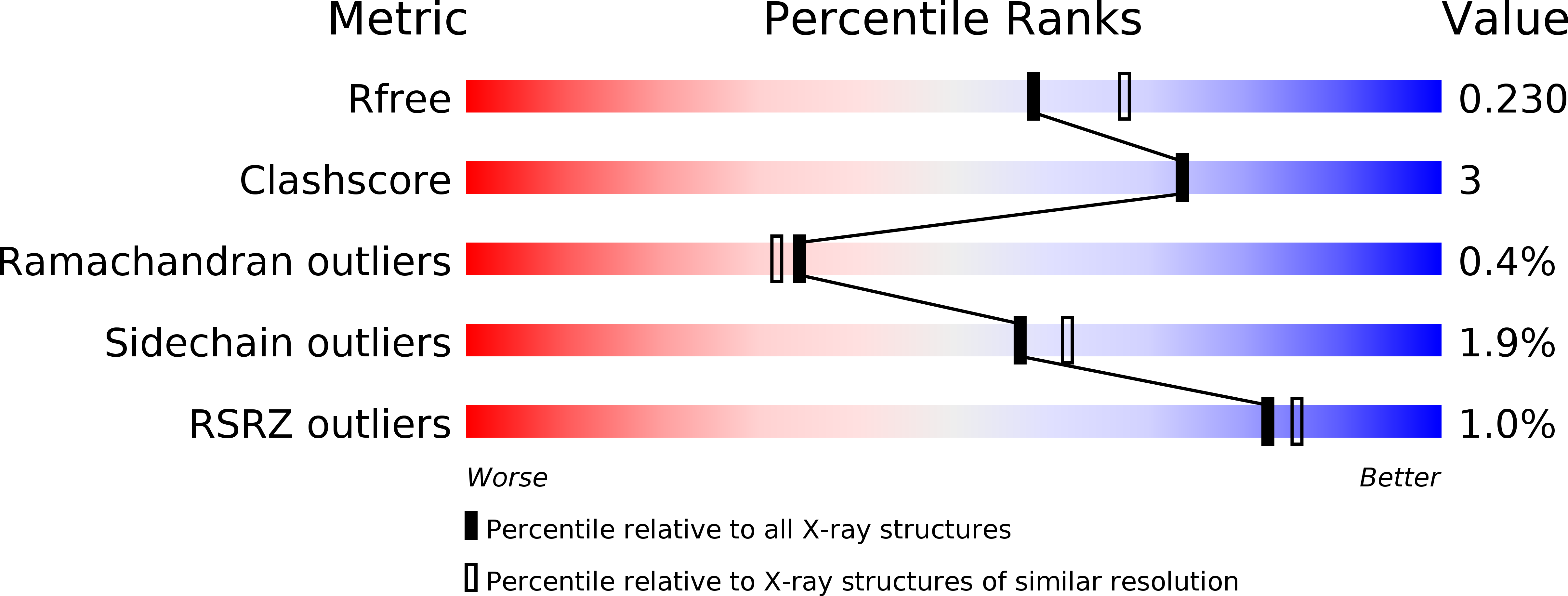
Deposition Date
2012-10-16
Release Date
2013-05-22
Last Version Date
2023-09-20
Method Details:
Experimental Method:
Resolution:
2.12 Å
R-Value Free:
0.23
R-Value Work:
0.18
R-Value Observed:
0.19
Space Group:
C 1 2 1


